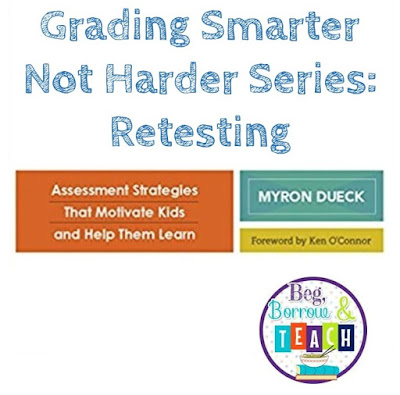Are you looking for an easier way to grade creative projects? Do you want to assign a grade to these projects that accurately reflects the student’s knowledge? Then this post is for you!
This is the fourth post of the series based on the book Grading Smarter Not Harder by Myron Dueck. If you missed them, make sure you read:
Grading Smarter Not Harder: Overview
Grading Smarter Not Harder: Homework
Grading Smarter Not Harder Series: Retesting and a FREEBIE
Grading Smarter Not Harder: Overview
Grading Smarter Not Harder: Homework
Grading Smarter Not Harder Series: Retesting and a FREEBIE
Today’s topic is grading creative projects. I used to cringe when I thought of the countless hours I would spend grading the projects, not to mention the fact that I wouldn’t be able to tell if a student truly understood the concepts until after they turned in the final draft.
The take-away concept from the book is this: Students learn more when they know what the end expectation is.
Actionable Tip: Provide students with the following things at the beginning of a unit, chapter, or project:
- Rubrics
- Study guides
- Unit outlines / syllabi
- Goal statements
I use Choice Boards like the one below as the goal statement, outline, and grading sheet. Once I started doing this, life became so much easier.
With this one sheet, the student knows what is expected (how to get an A with the points), can choose how they want to demonstrate their knowledge, and I grade the project as it progresses so that we are both invested in making it the best it can be.
You can learn more about how I use Choice Boards for differentiating instruction in this post.
Be sure to join me next week for my final post of the series: Using technology to Grade Smarter Not Harder!
You can learn more about how I use Choice Boards for differentiating instruction in this post.
Be sure to join me next week for my final post of the series: Using technology to Grade Smarter Not Harder!













